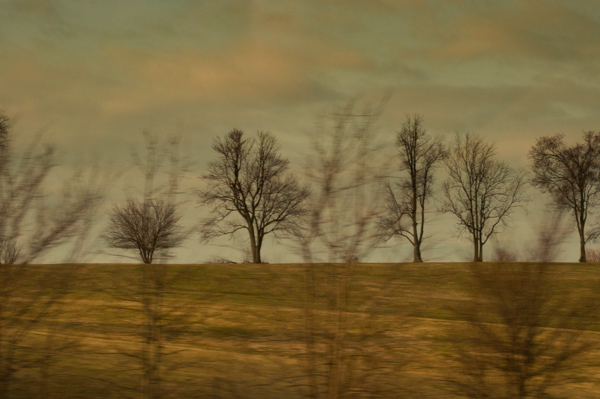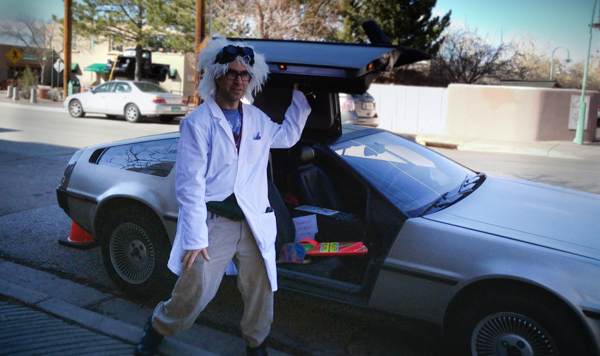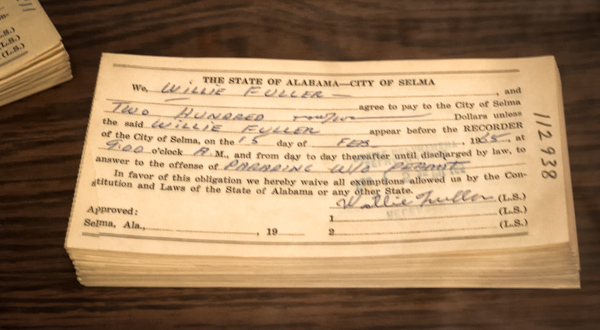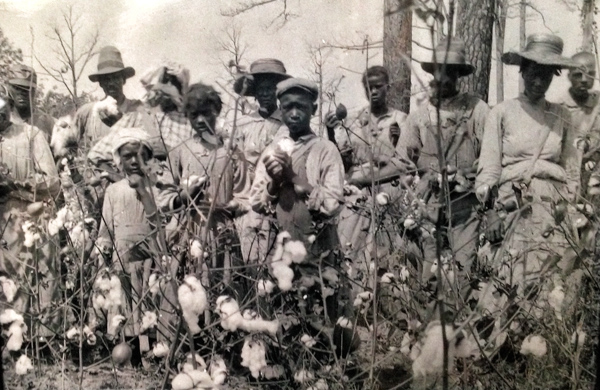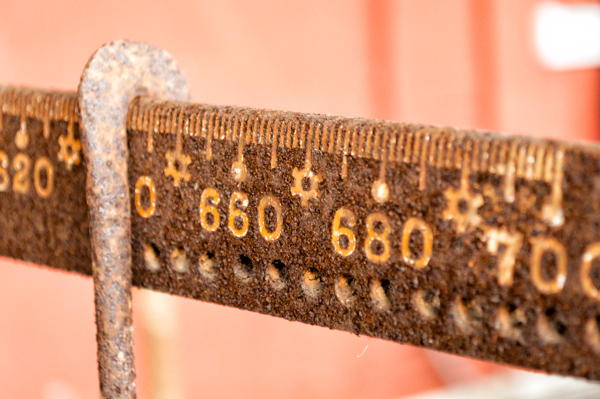During this journey - down South, out West and back again, we have been in many Visitor Centers. While the staff have always been well-informed boosters for their home states, Oklahoma wins First Place for the classiest highway visitor center anywhere. Just over the Texas border, Oklahoma greets visitors with a beautiful stone building complete with comfy leather chairs, fresh coffee, lovely, well-organized handmade wooden literature racks and exhibit-quality photographs highlighting the state’s best places to visit. The restroom is worthy of a 4 star hotel. Our sorry New England roadside visitor centers could learn a thing or two….
Texas Forever
On this journey we have driven through east Texas, west Texas and the Panhandle. It was a lot of miles in the Lone Star state. More than once the phrase Texas Forever, started running through my mind. I first heard it while watching 5 seasons of “Friday Night Lights.” In the show it is a phrase meaning friendship, living large, and a love of Texas. In my car it was a mantra about endless wind and dust. As we sped past this “bug ranch” I took a quick shot with my iphone and decided that Texas Forever would give me a lot time to practice focusing and composing in a moving vehicle.
The Bug Ranch
There is a type of photographic imagery created by intentional camera movement or ICM. When done well, the result is a dreamy, impressionistic, painterly and often abstract image. During the learning curve there are a lot of blurry candidates that go directly to the trash.
Oklahoma Trees
The Lone Tree of Arkansas
Yelp and TripAdvisor may have replaced paper guidebooks, but it was our experience that they are both pretty much useless when it comes to small town America. The mom and pop places that supposedly have good "down home cookin" were often non-existent or had been replaced by Taco Bell's and Tire Stores. Happily in White House, Tennessee, population 10,587, we found that the latest iteration of Tanya's Cafe, was a little piece of Guadalajara, De La Paz Mexican Restaurant. The food was yummy.
The colors of Mexico in the hills outside Nashville, TN
In general, motel staff gave us good recommendations for local places, except for Lexington, KY where instead we ended up in front of the best sign of our entire trip.
But it didn't take long for our dinner prayers to be answered. A few door down the Thoroughbred Cafe, a neighborhood joint, served up Kentucky-style barbequed brisket and Kentucky Ale while these guys watched over us. Almost home....


